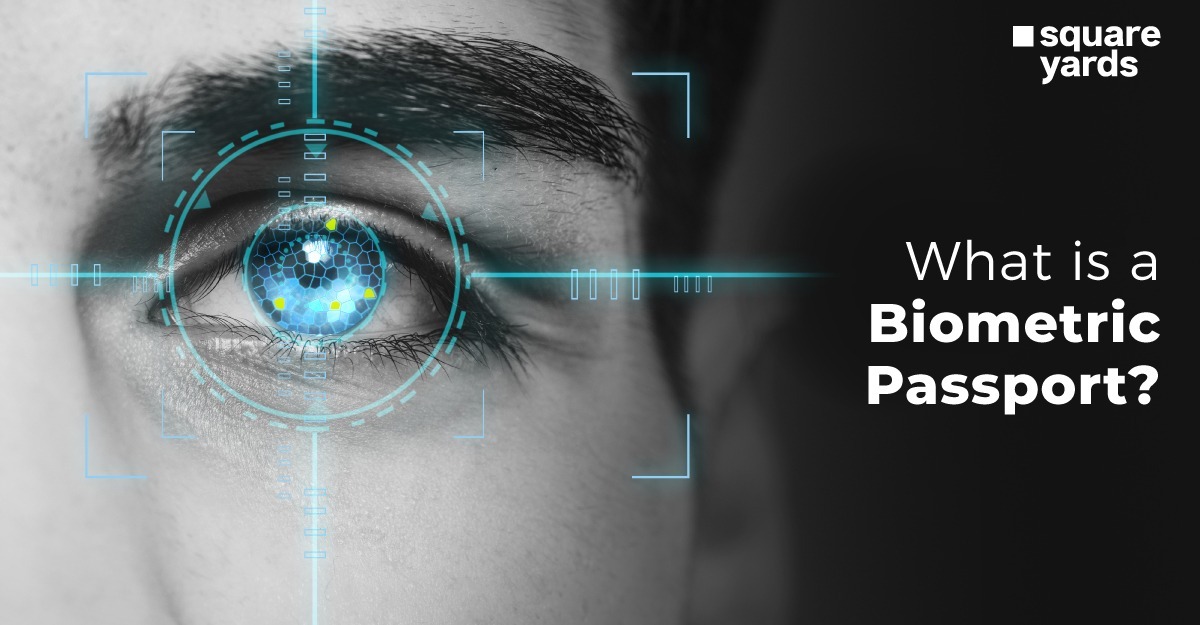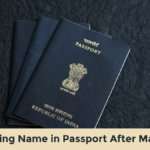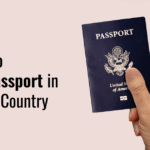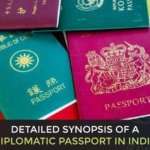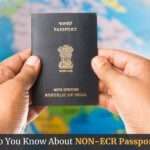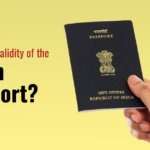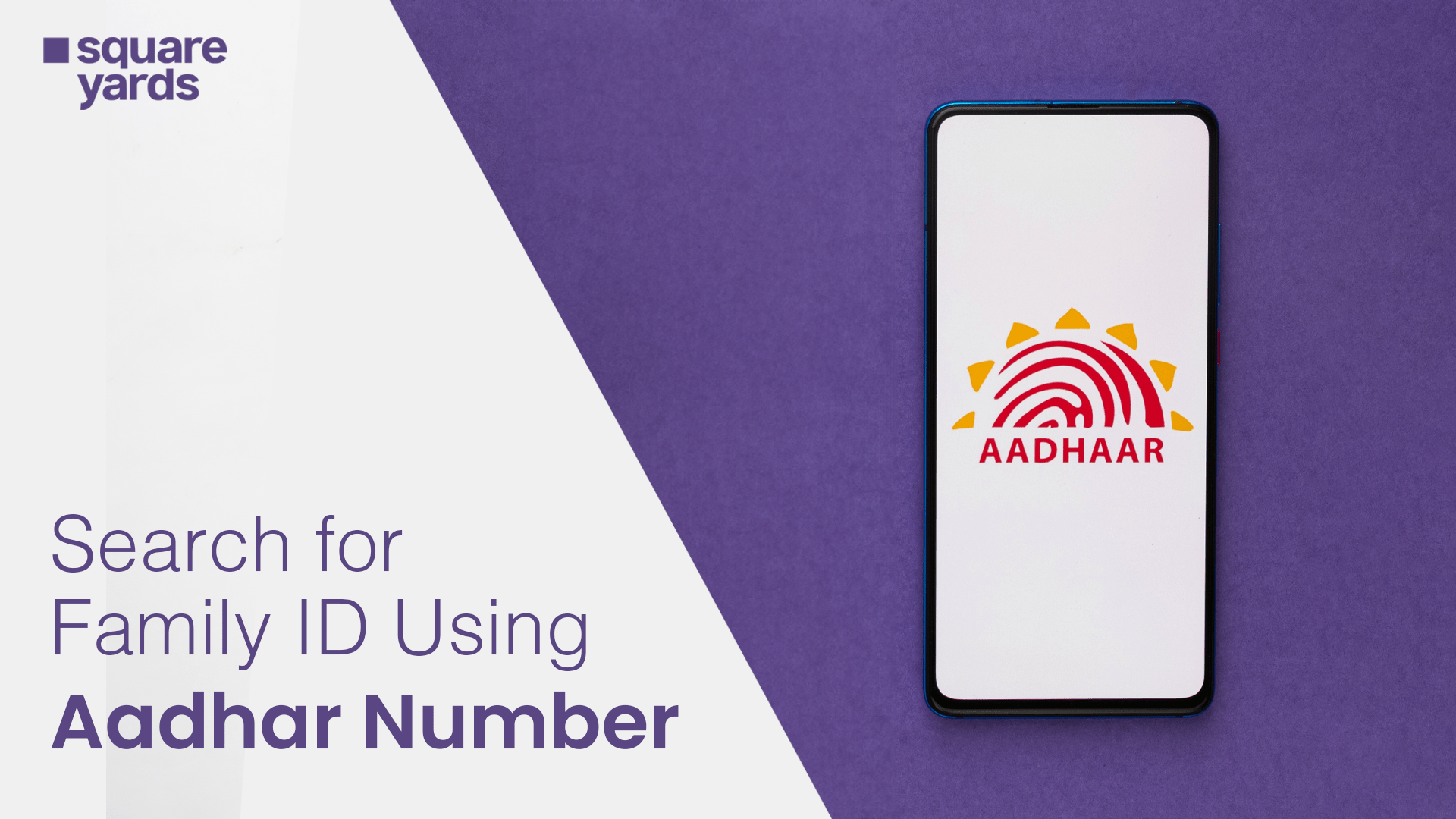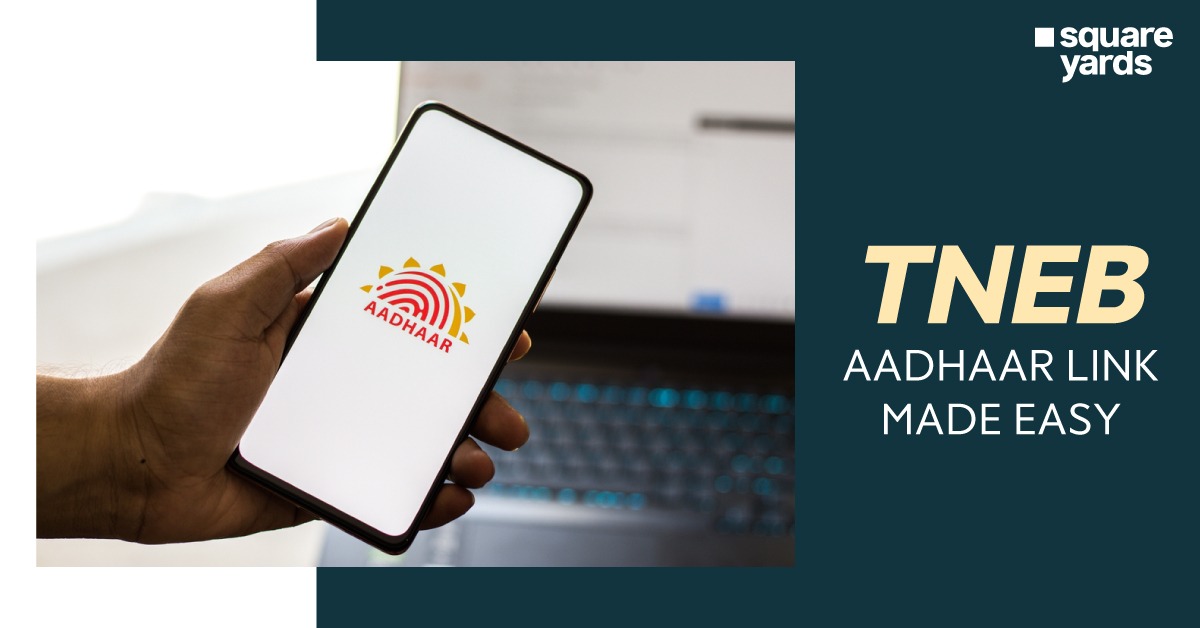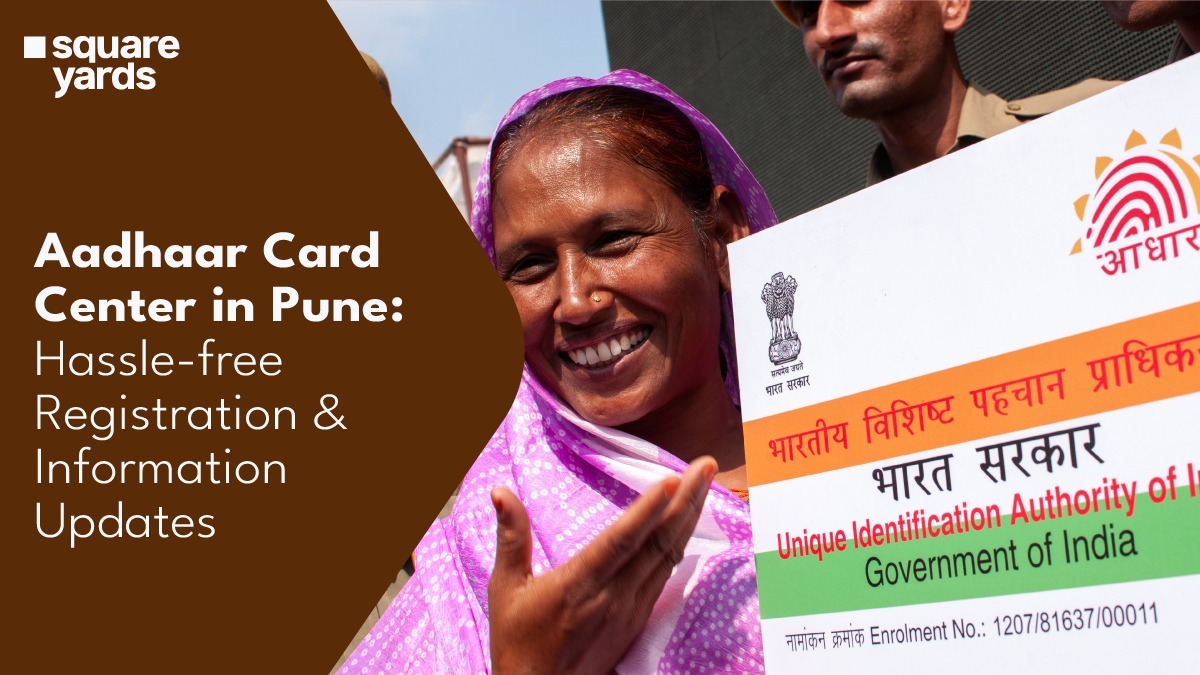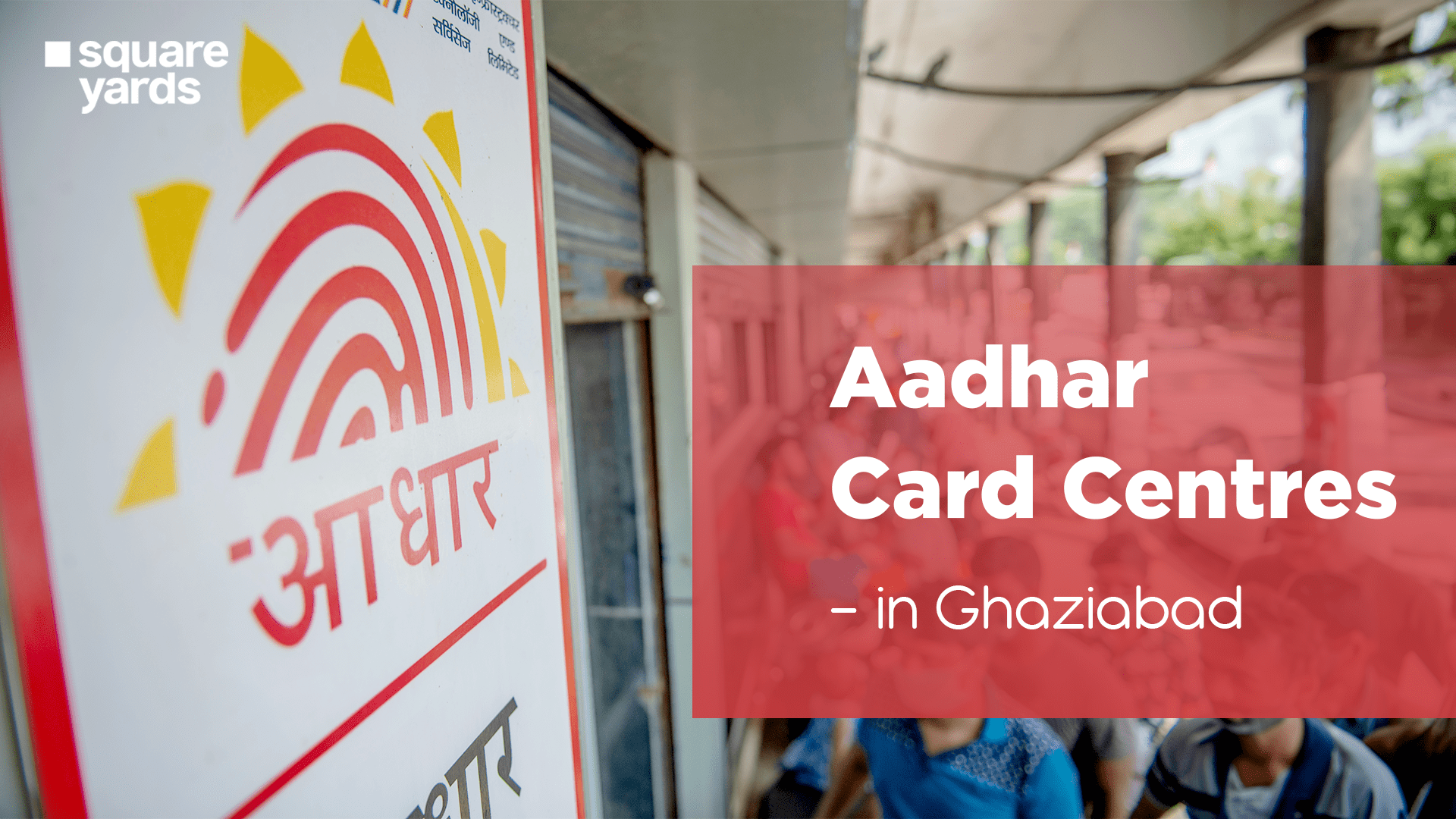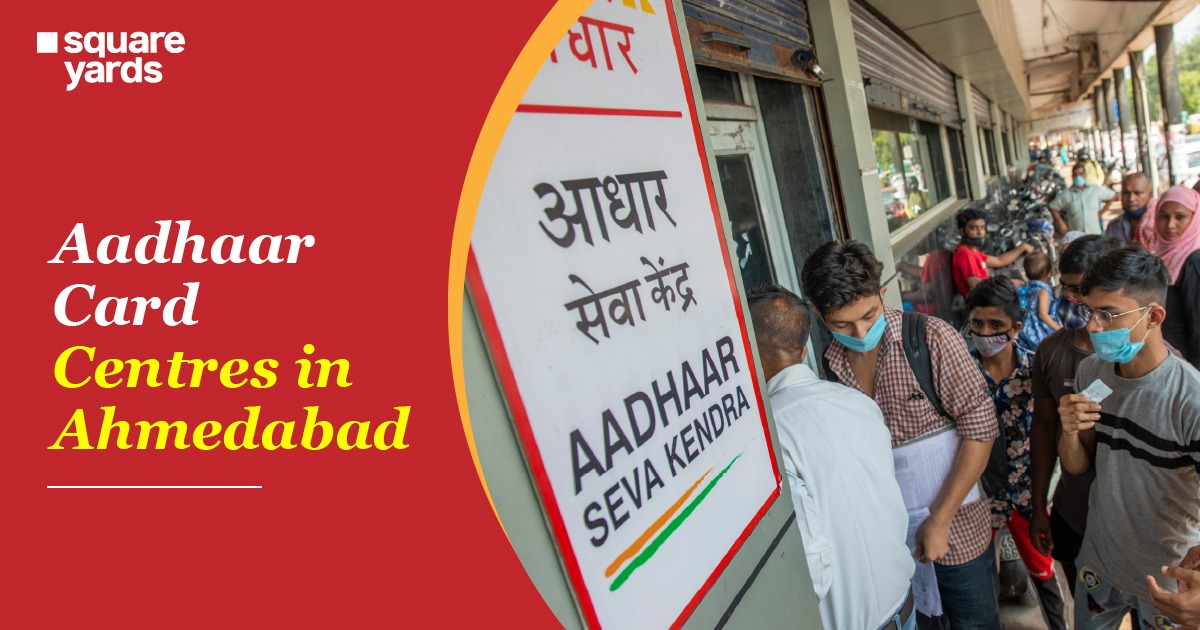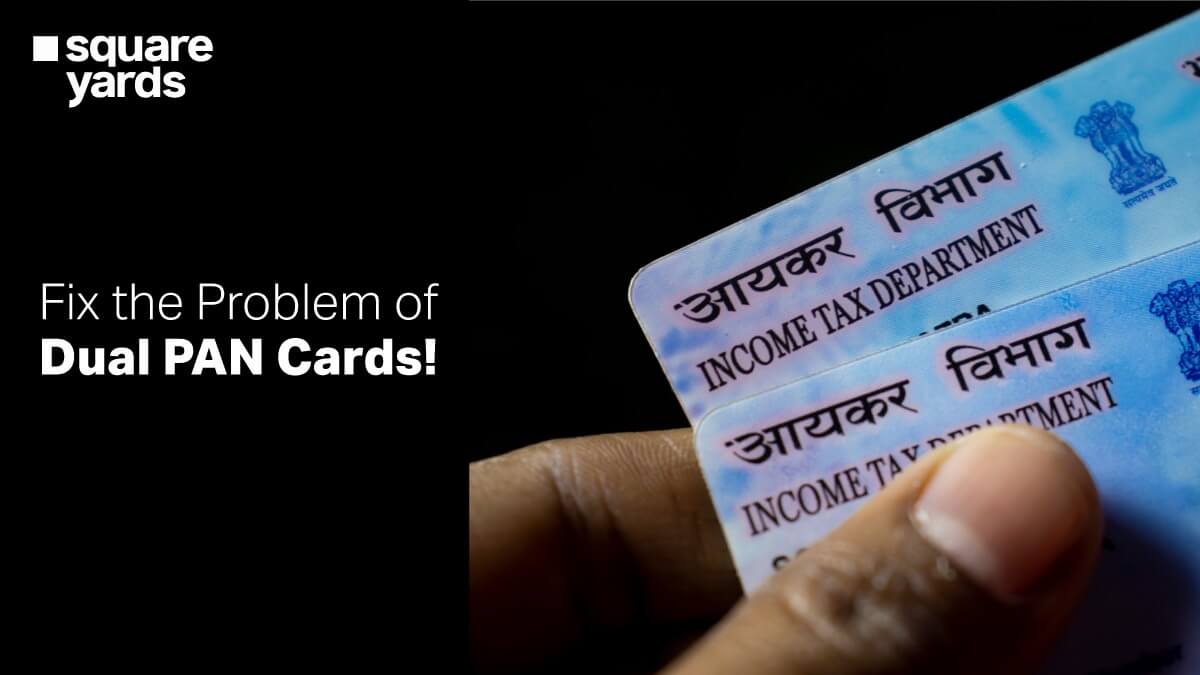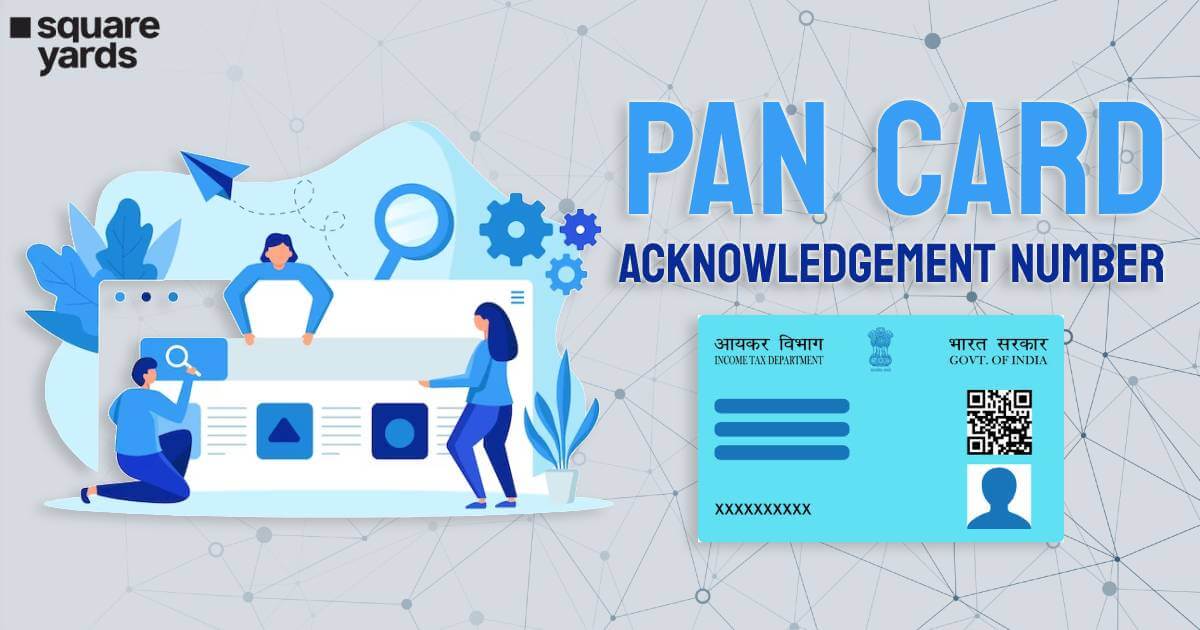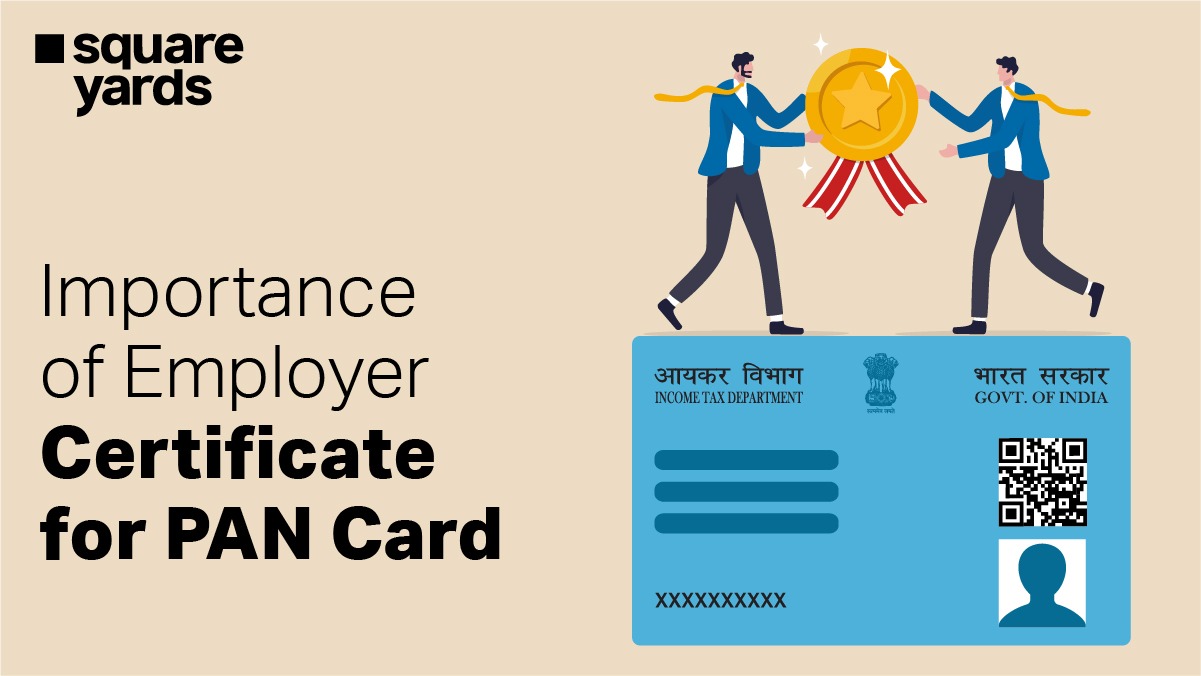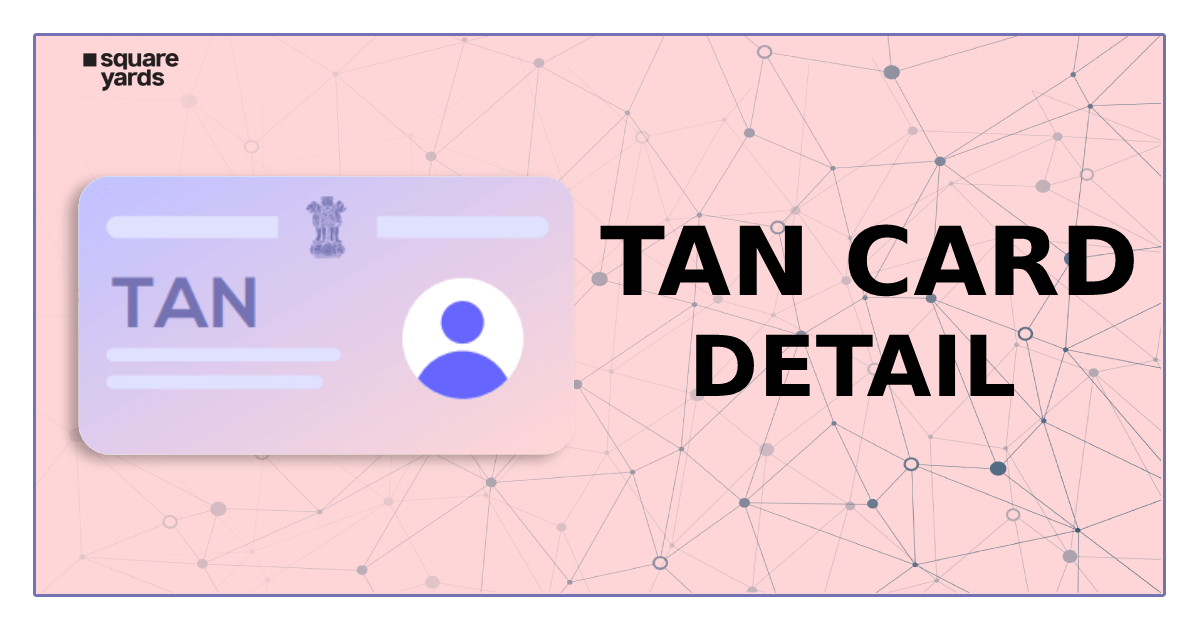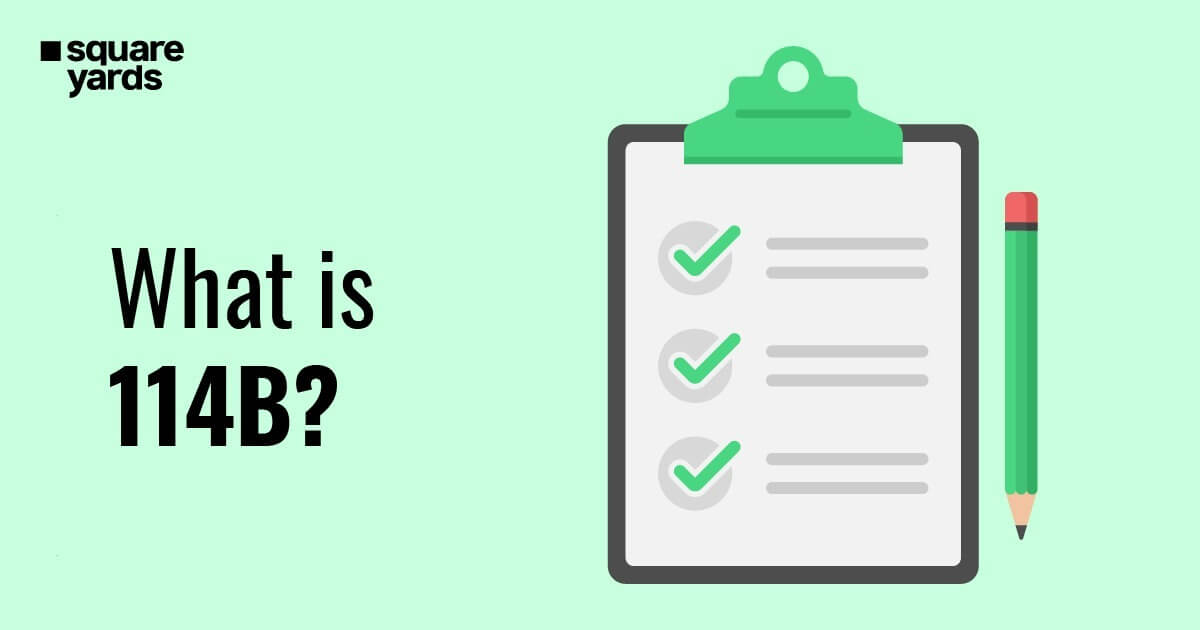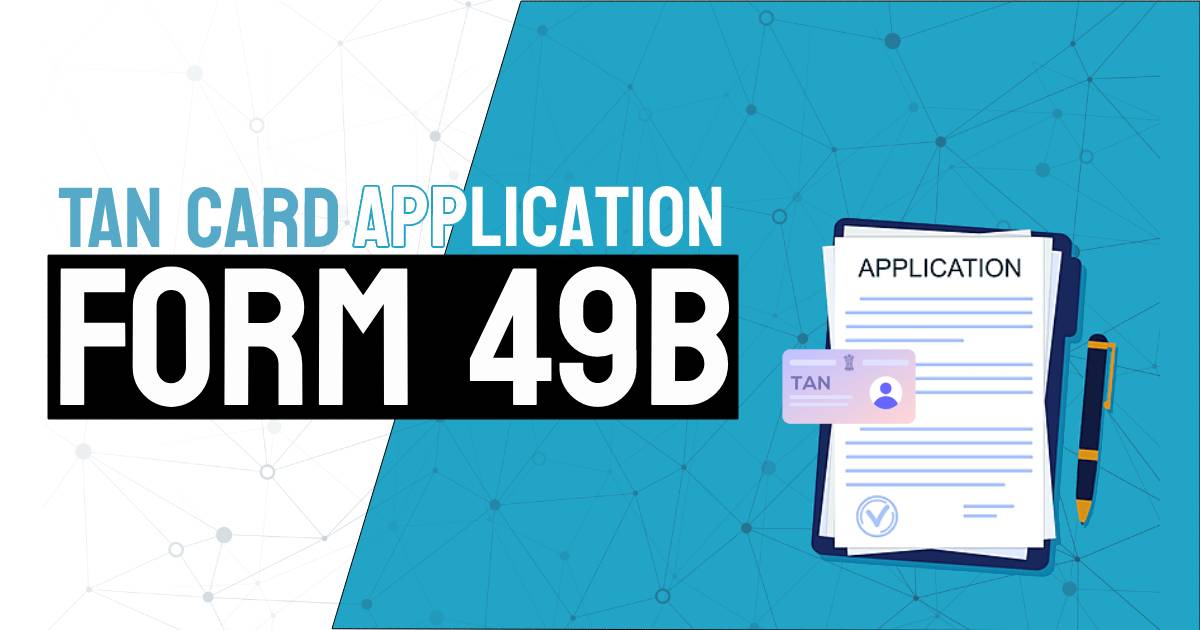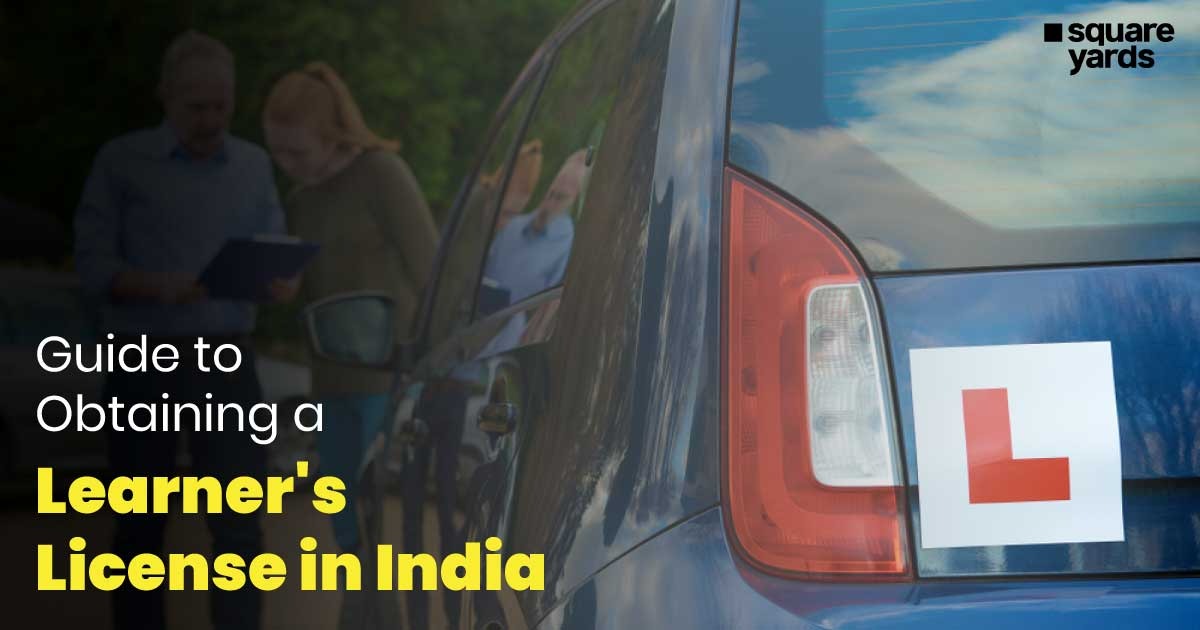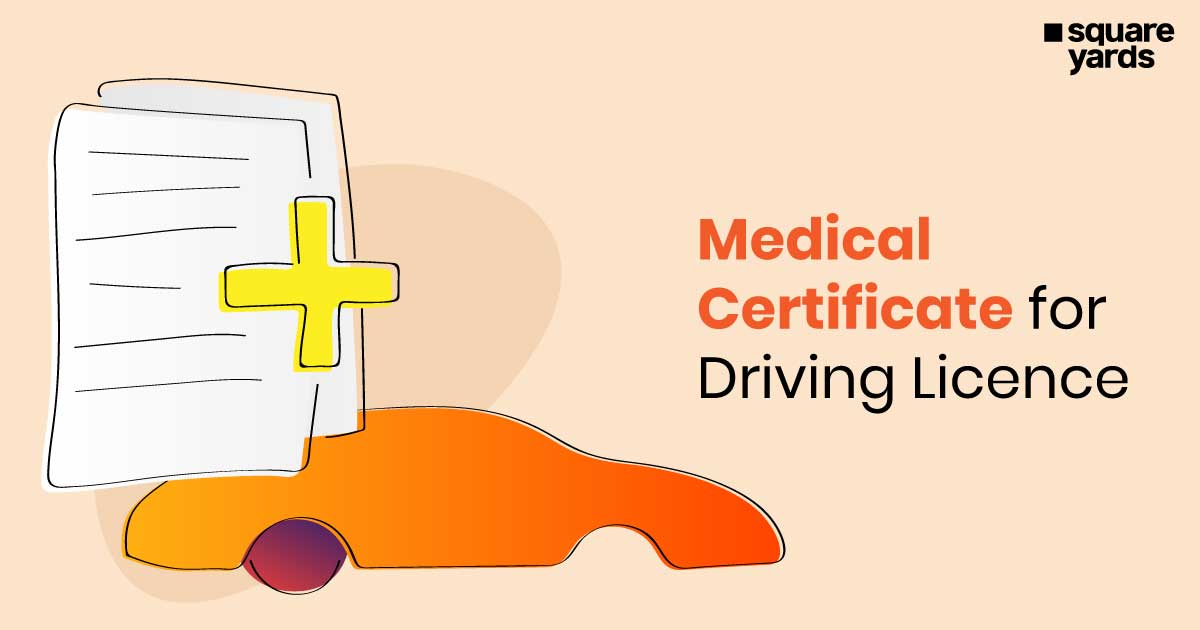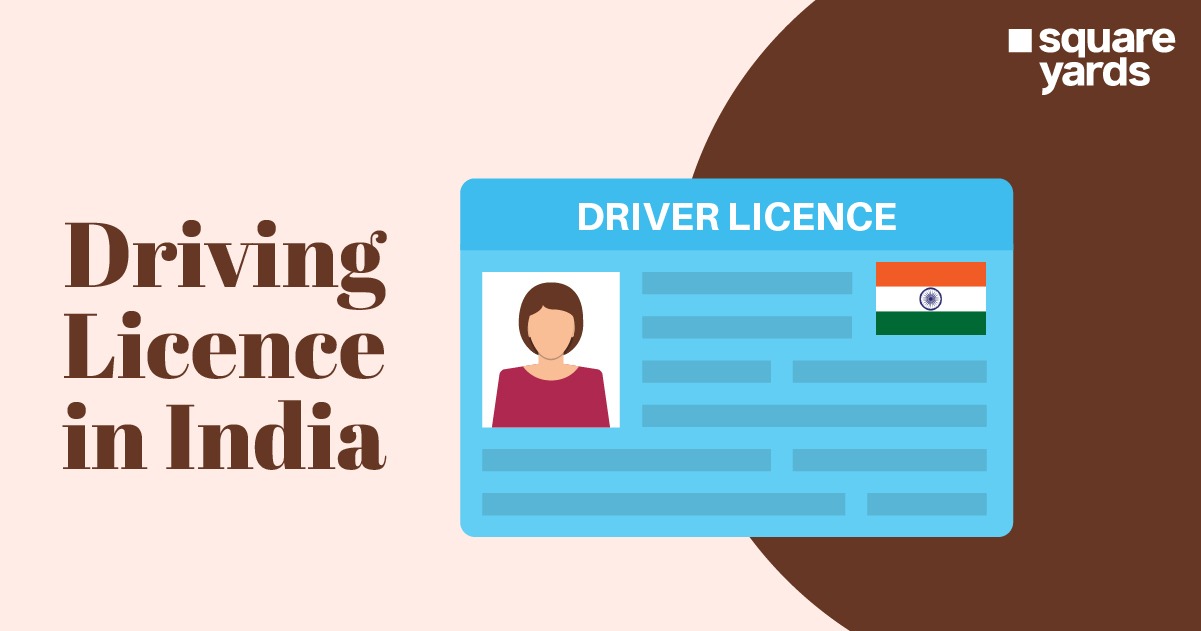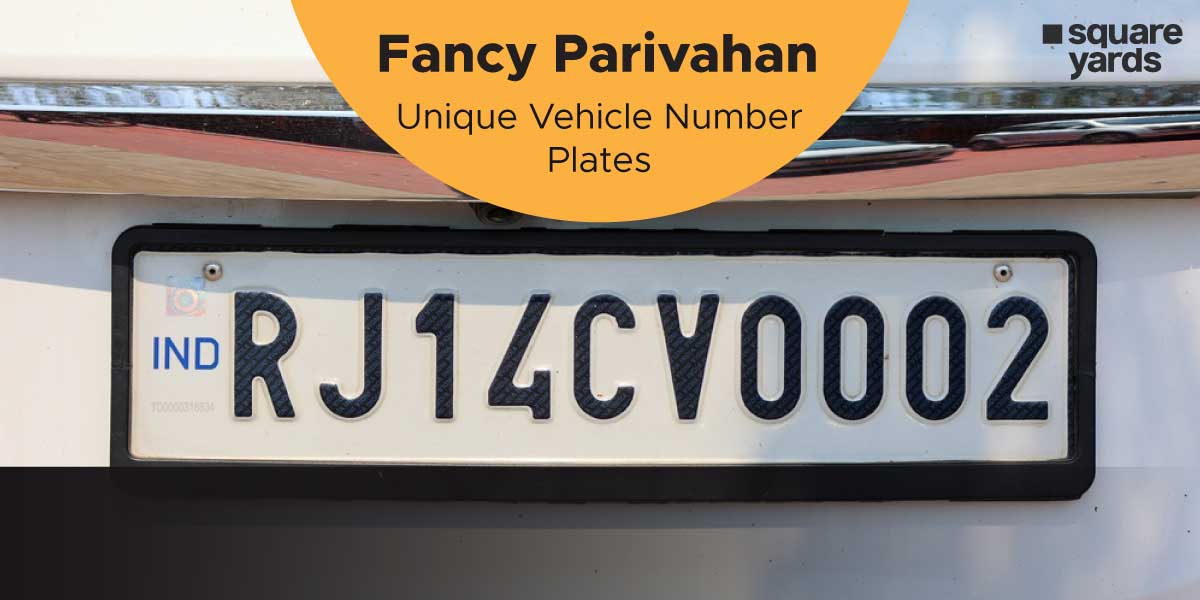Since the introduction of biometric passports more than ten years ago, more than 120 nations have embraced this distinctive form of identification. Biometric passports appear to be the way of the future with extra security features and benefits. Why should you care about biometric passports, and what are they? Here is all the information you require.
Table of contents
What is a Biometric Passport?
E-passport, also known as biometric passports, include most of the same details as regular passports but are more technologically sophisticated. An RFID chip in a biometric passport carries data beyond your name, birthdate, and country of origin. Biometrics like fingerprints, face detection, or iris scans are also included in biometric passports. These e-passports are much more practical and offer fraud and identity theft protection. Passports with biometric data are very safe. American citizens travelling to Europe will need a biometric passport and a special ETIAS authorisation in as short as a year. E-passports are becoming more and more popular, useful, safe, and essential for international travel.
Looking at the cover of your passport will reveal whether or not it is biometric. It is biometric if there is a little golden camera symbol at the bottom. Otherwise, you cannot feel any bumps or ridges because the technology in biometric passports has progressed, and the parts have gotten incredibly small.
Beginning in 1998, Malaysia became the first nation to issue biometric passports. In the US, e-Passports were introduced for the first time in 2006, and in August 2007, they were adopted as the norm. The International Civil Aviation Organization, or ICAO, has detailed the paper and chip features of biometric passports in Doc 9303.
Advantages of an e-Passport
The main benefits of a biometric passport include increased security and the quicker border crossing into any country. It is challenging for scammers and terrorists to use your passport or identity since the chip, and the data stored on it within your passport, are much harder to duplicate than data on a piece of paper.
Additionally, you can enter any country through the e-Passport gate if you have this kind of passport. The process is quick and simple since a computer at the entrance will examine your passport and use face recognition technology to match the information on it with your face.
Biometric Features of a Passport
The following list includes an e-passport’s key characteristics:
- The chip’s memory will have a capacity of 64 kilobytes.
- The chip will have the holder’s photograph and fingerprints on it.
- The embossed holographic graphics on the electronic passport will change colour when moved under a light.
- Your biometric data will be kept on file in the electronic passport.
- Your demographic data will be kept on file in the electronic passport.
- To make the document more secure, your iris will be scanned.
- Your coloured snapshot and digital signature.
Biometric Passport vs. Standard Passport
Both biometric and conventional passports include your primary means of identification. The e-chip, which also has biometric data, makes it different. Passports with biometric data do not need to be manually or mechanically read. They can instead be quickly scanned from a close distance. Since August 2007, only electronic passports with a unique integrated chip implanted in the rear of the passport book have been provided in the United States. This chip has a specific chip identification number that enables close-range contactless data reading using specialist chip readers.
How Does a Biometric Passport Work?
Your e-passport has a 64-kilobyte electronic chip with a rectangular antenna implanted and storing all the relevant information. Your passport may now be scanned swiftly and discreetly since the date can’t be changed or copied, setting it apart from a conventional passport.
Biometrics analyse physical traits particular to each person and can include fingerprints and retinal scans. The data from the digital photo you submit when applying for your passport, including the distances between the eyes, nose, mouth, and ears, is stored on the microchip in your e-Passport.
Don’t miss It
| Passport Appointment | How to Book Passport Appointment Online? |
| Passport for Minor | How to Apply Passport for Minor? |
| Tatkal Passport | How to Tatkal Passport Online? |
| Passport Status | How to Check Passport Status Online? |
| Lost Passport | How to Get Lost Passport? |
| mPassport | How to Download mPassport? |
| Infant Passport | How to Apply for Infant Passport? |
| Reschedule Passport Appointment | How to Reschedule Passport Appointment? |
| Passport Lost | How to Apply for Lost Passport? |
| Passport Types | How Many Types of Passport in India? |
| Passport for Minor | How to Apply for Minor Passport? |
Biometric Passport Security
A biometric passport isn’t impenetrable, but the numerous systems and methods in place to safeguard the data make it difficult to forge, steal, or alter. They consist of the following:
Using active authentication (AA), it is possible to keep biometric passports from being copied.
The passive authentication (PA) method finds changes made to chips.
To safeguard the communication path between the e-passport reader and the passport chip, basic access control (BAC) is used.
Extended Access Control (EAC) is an additional security measure for fingerprint and iris scan information.
Metallic Mesh: Since a passport should be open to be scanned, this RF shielding material is integrated further into the passport book to prevent “skimming” or unauthorised reading of the document.
Each time the microchip is accessed and permission to access the data is granted, a new, random UID is generated as part of the random UID (RUID) feature, which acts to avoid tracking.
Global Use for Biometric Passports
Many nations now issue biometric passports for convenience and better security. Many other nations have since joined Slovakia in implementing biometric passports, which has been the case for over ten years.
Peru uses biometric passport technology to identify fake passports and prevent identity theft. It is used with facial recognition in Rome and Naples to facilitate a quicker border control procedure.
If a traveller’s current passport was obtained on or after October 26, 2006, they must obtain an e-Passport to enter the nation through the Visa Waiver Program. The inspection procedure for all biometric passports that are not e-Passports is often the same. All travellers with e-Passports arriving at U.S. ports of entry will be guided via signs or staff members at U.S. booths for Customs and Border Protection. These are but a few instances of nations that have adopted biometric passports. Future technology integration has countless potential applications. When you pair this with a top-notch security system, it’s not surprising why they’re so well-liked.
Many nations are switching to e-passports, while others are making them a requirement for entrance. For instance, the United States mandates the possession and use of an e-passport for individuals entering the nation through the Visa Waiver Program. Biometric passports have long been in use in nations like Slovakia. A biometric passport and an ETIAS or European Travel Information and Authorization System visa waiver will also be necessary for tourists who want to enter Europe beyond 2022. A form that asks personal details and security questions must be completed online. The waiver can then be connected to a valid biometric passport, making the trip simple.
FAQ’s about Biometric Passport
Q1. How do I know if I have a biometric passport?
Look at the cover of your passport, and you will know whether it is biometric. It is biometric if a little gold camera logo is at the bottom.
Q2. Is a Canadian passport biometric?
Yes, Canada is one of the many countries that have started issuing biometric passports to their residents.
Q3. Are Indian passports biometric?
Yes, all Indian Passports issued after 2021 are chip-based, i.e., biometric passports. Anyone applying for a new passport or renewal of their old passport will get a biometric Indian Passport.


